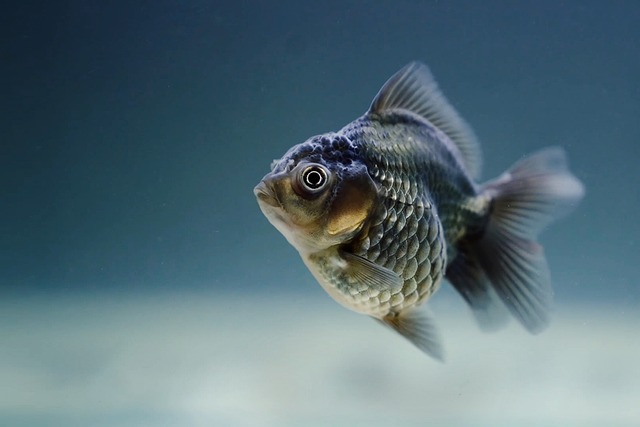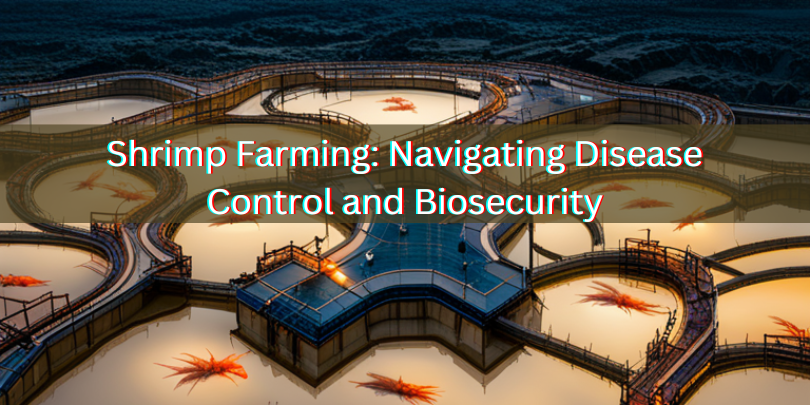In the rapidly growing world of shrimp farming, disease outbreaks have consistently posed significant challenges. These outbreaks not only lead to devastating financial implications but also leave lasting environmental impacts. Consequently, the quest for effective disease management and robust biosecurity measures is intensifying as the global appetite for shrimp escalates. Let’s delve into the intricate nuances of disease control, uncovering the prevailing challenges and the groundbreaking solutions reshaping biosecurity in the shrimp farming sector.
Delving Into the Effects of Disease Epidemiology
Disease outbreaks in shrimp farms can obliterate entire crops. As a result, farmers face steep financial setbacks, threatening the broader industry’s sustainability. So, what triggers these outbreaks? Typically, factors such as deteriorating water quality, excessive crowding, and the unintended introduction of pathogens via contaminated equipment or unhealthy shrimp are the culprits. Moreover, the overzealous use of antibiotics, intended to combat these diseases, has inadvertently paved the way for antibiotic resistance. This not only endangers aquatic life but poses a looming threat to human health as well.
Disease Management: A Glimpse Into the Challenges
Managing diseases in shrimp farming is indeed a daunting task. Why? Primarily because of the intricate interplay of numerous factors. Shrimps, given their delicate nature, are highly susceptible to diseases. Additionally, the interwoven nature of shrimp farming systems means that once an outbreak starts, controlling it becomes an uphill battle. Fluctuations in water quality, coupled with unpredictable weather events, can exacerbate the situation. Furthermore, in today’s interconnected world, the transnational movement of live shrimp stocks heightens the risk of disseminating diseases to previously untouched regions.

Innovative Biosecurity Solutions: The Way Forward
Recognizing these challenges, the shrimp farming sector is pioneering solutions, placing an unwavering emphasis on biosecurity and disease management. Here’s a snapshot of some transformative strategies:
- Embracing Advanced Diagnostic Tools: Early detection is the key. With cutting-edge molecular techniques like Polymerase Chain Reaction (PCR), identifying pathogens within shrimp populations has become more accessible. Such tools facilitate timely interventions, curbing disease spread and minimizing economic losses.
- Prioritizing Disease-Resistant Breeding: Through meticulous genetic selection, shrimp variants showcasing enhanced disease resistance are emerging. By harnessing these robust breeds, farmers can reduce their reliance on chemicals, fostering healthier shrimp stocks.
- Leveraging Probiotics and Prebiotics: Introducing beneficial bacteria, or probiotics, can strike a balance in the microbial ecosystem of shrimp ponds. These bacteria combat harmful pathogens, ensuring disease prevention. Meanwhile, prebiotics nourish these beneficial bacteria, bolstering their effectiveness.
- Optimizing Water Quality Management: Ensuring pristine water quality is pivotal. Advanced monitoring systems and water treatment technologies are making waves, helping manage critical parameters like oxygen levels, temperature, and nutrient concentrations, thereby creating a disease-unfavorable environment.
- Implementing Rigorous Quarantine and Biosecurity Protocols: Enforcing stringent quarantine measures for new shrimp stocks and equipment is non-negotiable. Farms are now setting the gold standard by rolling out rigorous biosecurity policies, significantly reducing disease transmission risks.
In conclusion, while disease management and biosecurity pose formidable challenges in shrimp farming, the silver lining lies in the industry’s commitment to innovation. The pressing need to safeguard both shrimp populations and the aquatic ecosystem underscores the importance of proactive measures. For those keen on diving deeper into the world of sustainable aquaculture and effective disease management,
Ready to champion the future of sustainable shrimp farming? Dive deeper into innovative disease management and biosecurity solutions that can transform the industry. Let’s shape a healthier, eco-friendly tomorrow for both our shrimp and our planet. Take the first step now. A visit to the EAT Community promises a wealth of insights. Act today and be a part of the solution!



